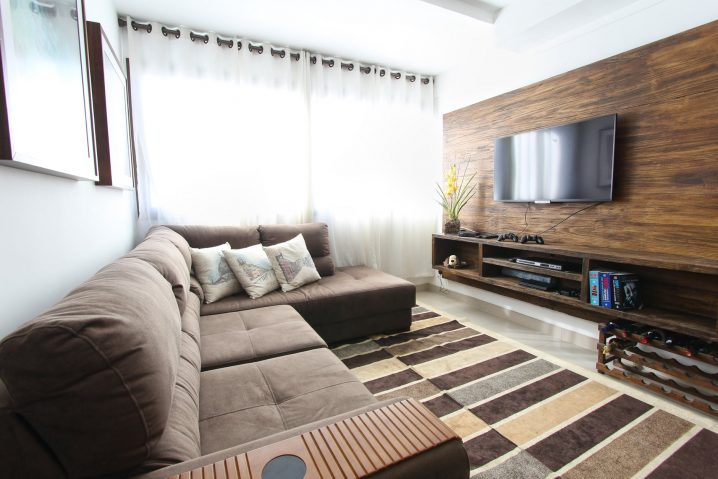According to the 2000 census, there are nearly 50 million people living with some sort of disability in the United States alone. Among them, 6.8 million have a condition that makes it difficult for them to dress, bathe and get around the house on their own.
Home remodeling is often necessary to help those with disabilities maintain as much independence as possible. Sometimes, only simple changes are needed. But for many, extensive remodeling will be required to make the home safe.

Here are five ways to make your home more handicap accessible.
1. Widen Doorways and Hallways
Unless you live in a new home, there’s a good chance that your doorways and hallways are too narrow for drive wheelchairs to fit through.
Doors should have at least a 32” wide opening. Thresholds should be rounded and no more than 1/2″ higher than the floor. Higher thresholds can be challenging for wheelchair users as well as those using canes and walkers.
Walk-in closets are ideal for wheelchair users, and these doorways should be at least 32” wide.
Hallways should be at least 36” wide. Hallways that may require a wheelchair user to turn sharply may need to be even wider.
2. Roll-In Showers
Roll-in showers make it possible for wheelchair users to bathe independently or with minimal assistance in many cases. These types of showers can be more complicated to install, particularly if your bathrooms are limited in space. But with the right equipment, it’s possible to install a shower that’s flush with the floor and easy for wheelchair users to use.
If a roll-in shower isn’t an option, modifications can be installed to make an existing shower/tub combination safer for a wheelchair user to use. Grab bars and transfer seats will make life a little easier and bathing much safer.
3. Install a Ramp
Installing a ramp will make it easier and safer for a wheelchair user to enter your home. Ramps should use the least possible incline or slope, and they should be at least 36” wide. Handrails and curbs will help prevent users from slipping or falling off of the ramp.
If possible, protect your entry area from rain, wind, snow or ice to make the space even safer.
The ramp doesn’t have to be an eyesore (although that isn’t your top concern). It’s possible to install it in such a way that it blends in with an existing deck. There’s also the option to install the ramp in the back of the home so that it cannot be seen from the front of the home.
4. Install New Flooring
It may sound like a great idea to install plush carpeting in your home, but wheelchair users will have a difficult time maneuvering on it. According to the Americans with Disabilities Act Standards for Accessible Design, carpet pile should be no more than 1/2″ thick.
Also, throw rugs should be removed because of their ability to shift and slide. They can be challenging for wheelchair users to maneuver on, but they can also be dangerous for those who use canes or walkers.
5. Choose More Accessible Faucets
Sinks should be installed at an appropriate height to allow a wheelchair user to use them. Faucets should also be easy for the user to reach. Consider faucets with single lever controls and anti-scald temperature controls to prevent water temperatures from getting too hot.



